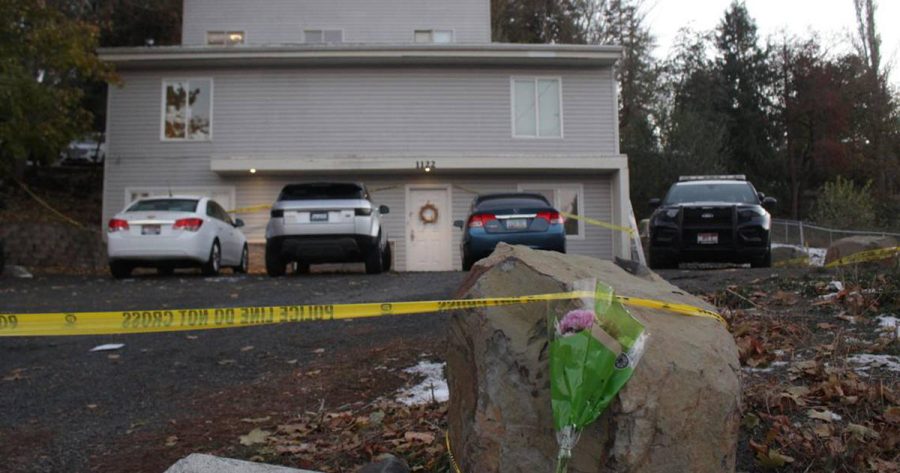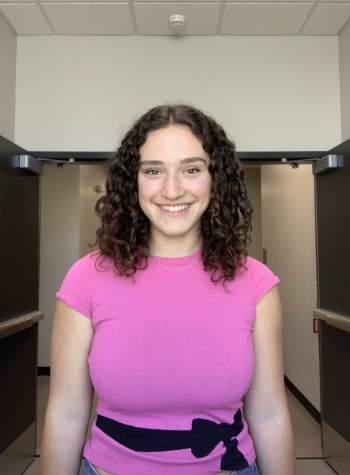Aftermath of Moscow Murders
December 16, 2022
On the early morning of November 13th, four University of Idaho students were murdered in a house off campus. The four victims, Ethan Chapin, Kaylee Goncalves, Xana Kernodle, and Madison Mogen, were roommates. The 911 call came from one of the surviving roommate’s phones – who reported finding someone “unconscious”. Moscow police later released a statement that this 911 call reported that “one of the second-floor victims was passed out and not waking up.” As a result, Moscow police arrived on the scene at 12:00 p.m.
Inside the house, police found the victms murdered – all resulting from multiple stab wounds. As more details were released, the public learned there were three stories in the house and a total of six people inside on the night of the murders. Two people were in the basement of the house, asleep when the murders happened, and the four victims were on the other two floors. Moscow Police asserts that the students were most likely killed in their sleep. Although in an apparent contradiction, some of the bodies reported having had self-defense wounds.
After days went by and no suspect was taken into custody or named, the campus community became anxious about continuing with everyday life on campus. As a result, there was an exodus of students leaving Moscow prematurely for Thanksgiving break. Sophomore Gwen Hadzor returned to Boise early, like many of her friends and peers. She states that her main reason for doing so was the result of a statement released by the Moscow Police. Although originally asserting that there was no additional threat to the community, Police Chief James Fry rescinded this statement, saying “We cannot say there is no threat to the community.” This uncertainty proved to be deeply unsettling for students. Another aspect that contributed to the wariness between the students and the police was the fact that although the students were immediately told there was a murder, they weren’t told the extent of the brutality which inhibited their ability to take proper safety precautions. Hadzor is now choosing to take online classes offered by the University because she doesn’t feel safe returning.
Although many students don’t feel safe on campus, leaving Moscow is not an option for everyone. Izzy Webster, a Sophomore at the University of Idaho, feels the anxiety that most of her peers are experiencing too, but leaving Moscow wasn’t an option for her financially as her job is heavily reliant on her. Webster states: “I feel that with the vague details they’re informing the public just not to evoke fear in the community, there seem to be many holes in their public statements. On the other hand, we are also reliant on them being the only source of information for this incident.” As of right now, the case is ongoing and students remain on high alert. For its part, the University of Idaho is working on new safety measures and has initiated a safe walk program where students can call campus security to have an escort on their way to class. Not only are students experiencing anxiety with the current status of the case but also have to experience the grief of losing four of their peers.



